-
1986
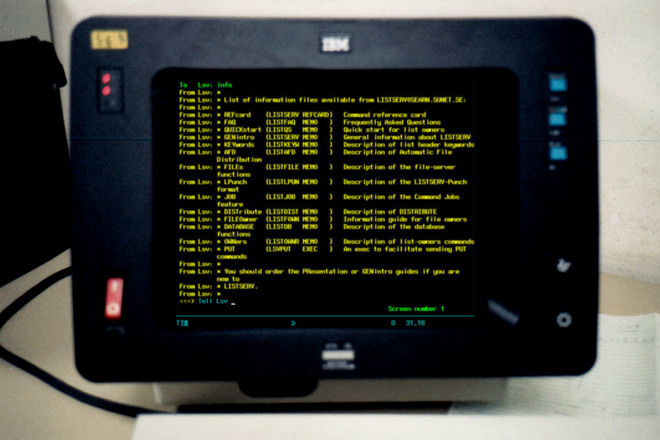
1986: The IBM 3279-3 terminal that LISTSERV was developed on
The story of LISTSERV began in June 1986 when Eric Thomas, an engineering student in Paris, developed the first software program to automate the management of email lists. Before this, all lists had to be administered manually, which was so slow and cumbersome that it threatened the viability of mailing lists altogether.
-
1987
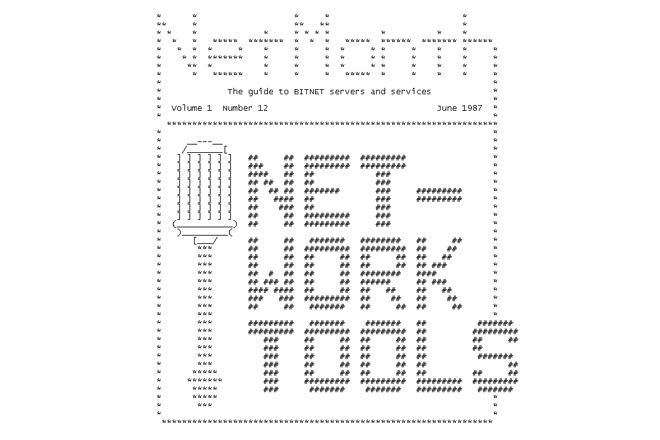
1987: ASCII art in Chris Condon's NetMonth newsletter on BITNET
The early LISTSERV lists were mostly technical or educational. In 1987, LISTSERV added the first database functions, making it possible for subscribers to search list archives for messages of interest, effectively turning LISTSERV into an electronic encyclopedia.
-
1993
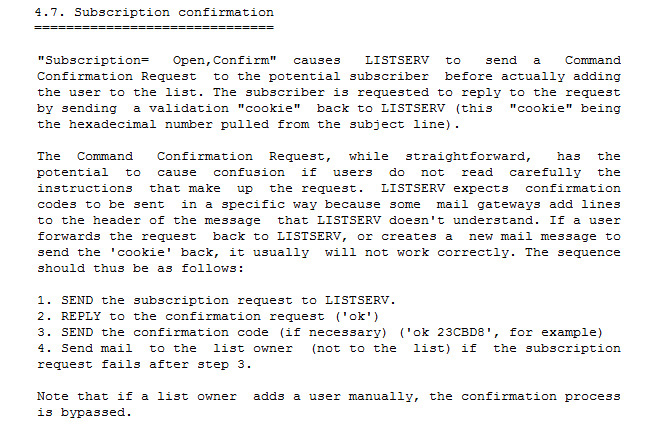
1993: LISTSERV introduces double opt-in, then called subscription confirmation
LISTSERV 1.7f was the first software to introduce double opt-in, which would become the global gold standard for permission email. Double opt-in protects subscribers by requiring them to confirm their subscriptions before being added to a mailing list. In LISTSERV 1.7f, the confirmation consisted of replying to an email with an OK command.
-
1994
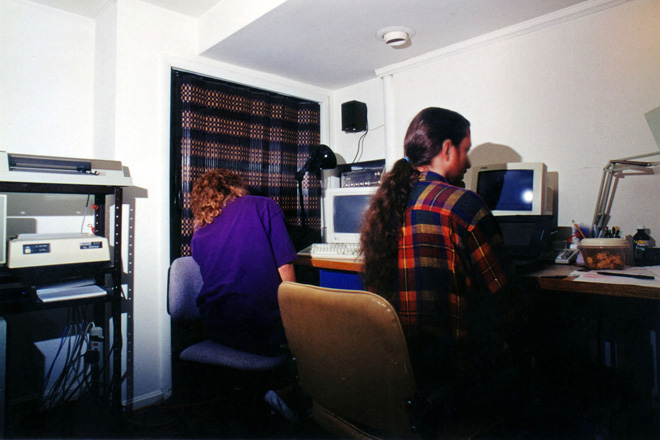
1994: Porting LISTSERV from mainframes to other environments
As universities were increasingly abandoning mainframes, Eric Thomas realized that the only way to save LISTSERV was to go commercial. In 1994, L-Soft was incorporated and later that year, the first version of LISTSERV for Unix and VMS was released.
-
1995
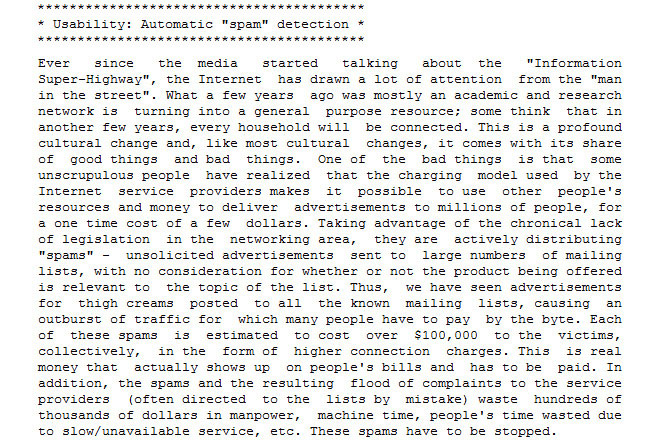
1995: LISTSERV 1.8b is released
LISTSERV 1.8b introduced the first spam filter. This was not only a first for LISTSERV but for the entire industry. LISTSERV 1.8b was also the first version of the software available for Windows.
-

1997
1997: LISTSERV 1.8c is released
LISTSERV 1.8c introduced the first LISTSERV web interface. It was a simple and utilitarian interface that allowed users to browse and search list archives through a web browser rather than through email-based commands.
-
1999
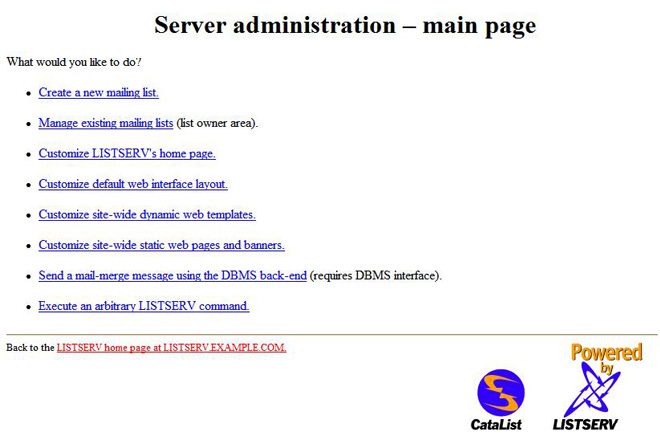
1999: LISTSERV 1.8d is released
LISTSERV 1.8d improved on the first web interface by featuring password-protected list archives as well as new server administrator and list owner sections. LISTSERV 1.8d also added support for mail-merge, which allowed users to send personalized messages using a database back-end.
-
2000
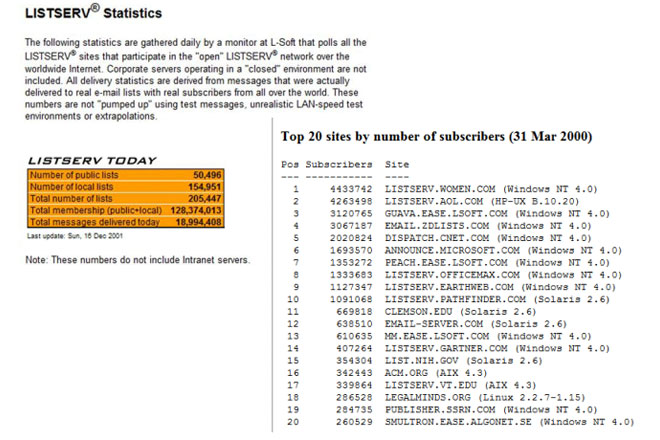
2000: LISTSERV reaches 100 million subscriptions
After a ten-fold increase in just three years, LISTSERV surpassed the milestone figure of 100 million list subscriptions worldwide. At the time, more than 1,500 organizations were using LISTSERV to manage their email lists.
-
2001
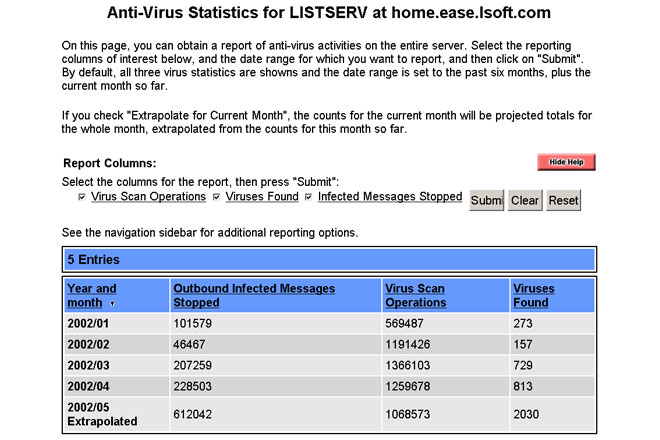
2001: LISTSERV gets built-in virus protection
L-Soft announced a partnership with security company F-Secure to integrate F-Secure's Anti-Virus software into LISTSERV. LISTSERV became the first mailing list manager to have built-in anti-virus capabilities. The system scans every message and attachment for viruses. If a virus is detected, the message is automatically rejected.
-
2002
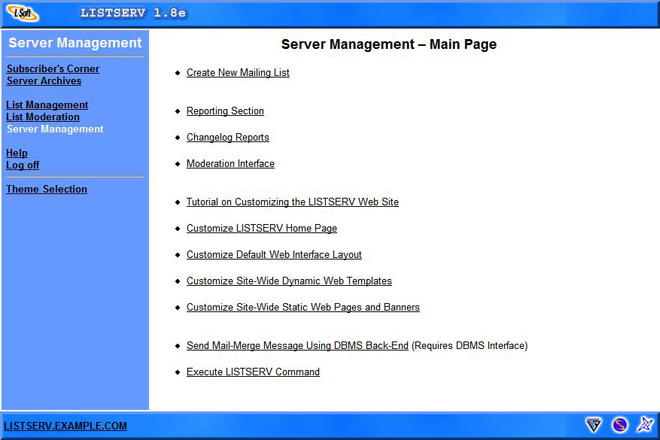
2002: LISTSERV 1.8e is released
LISTSERV 1.8e was released with a brand new web interface that offered list administration wizards, allowing list owners to more easily configure and manage their lists through a browser. Web-based subscriber and list reports were also introduced for the first time.
-
2005
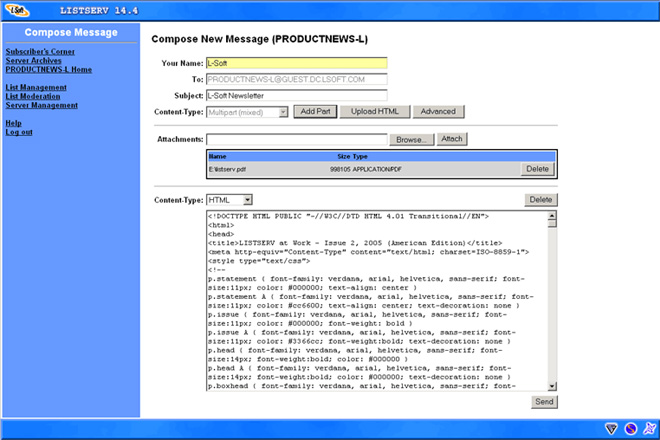
2005: LISTSERV 14.4 is released
LISTSERV 14.4 featured a message posting interface with support for HTML and multi-part messages. LISTSERV 14.4 was also the first version available for Mac OS X.
-
2006
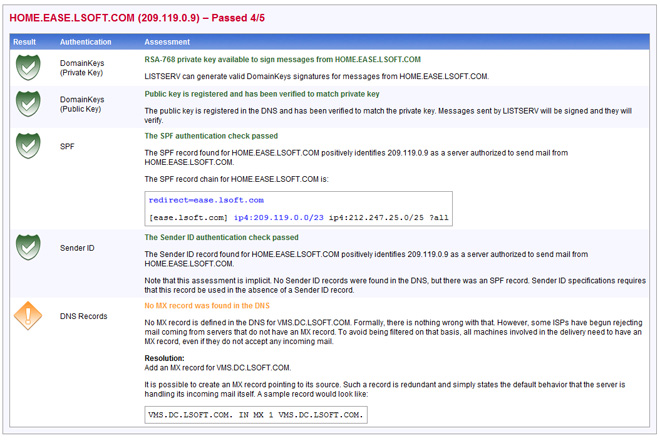
2006: LISTSERV 14.5 is released
As the spam scourge was increasingly preventing delivery of legitimate email, LISTSERV 14.5 introduced DomainKeys support and a deliverability assessment tool to analyze LISTSERV and DNS configurations, giving site administrators concrete suggestions on improving deliverability.
-
2006
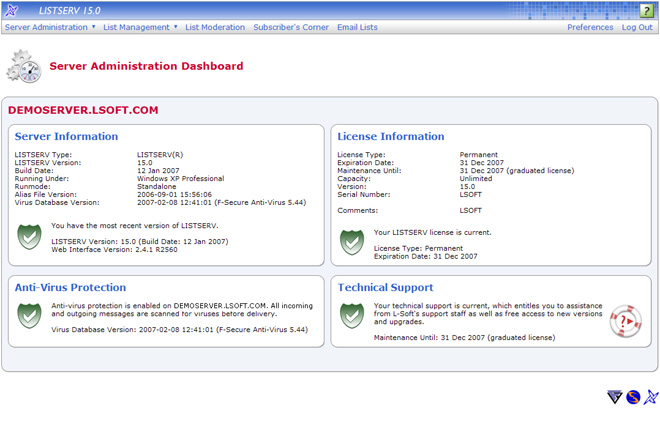
2006: LISTSERV 15.0 is released
LISTSERV 15.0 featured a completely redesigned web interface with improved usability and navigation. Server administrator and list owner dashboards provided at-a-glance hubs, while the site configuration wizard allowed site administrators to make configuration changes on the fly directly through a web browser.
-
2007
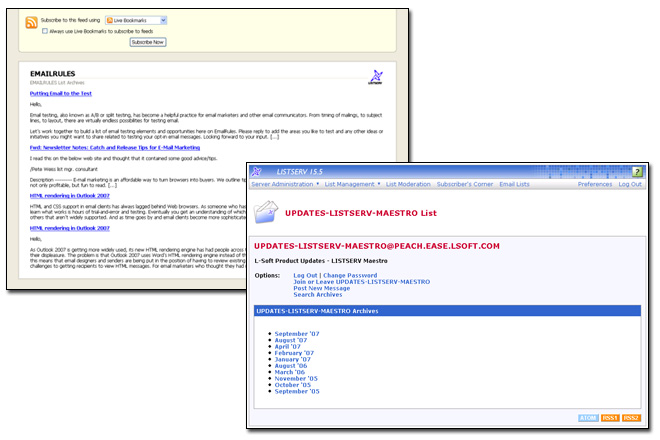
2007: LISTSERV 15.5 is released
LISTSERV 15.5 introduced full RSS support, making public list archives accessible through any RSS reader. LISTSERV 15.5 also provided the capability to connect to LDAP servers to authenticate user logins, to insert LDAP attributes in mail-merge distributions and to implement dynamic queries for access control and mail delivery.
-
2009
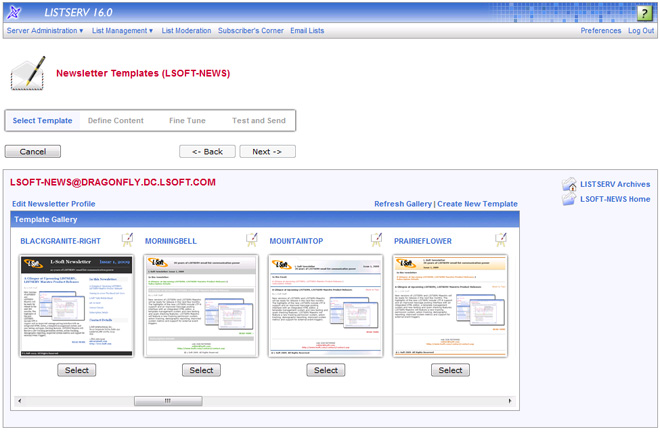
2009: LISTSERV 16.0 is released
LISTSERV 16.0, released at the end of 2009, is the newest version and introduced UTF-8 support and a newsletter template gallery that allows users to create HTML newsletters by simply clicking on placeholders and filling in the content.
-
Future
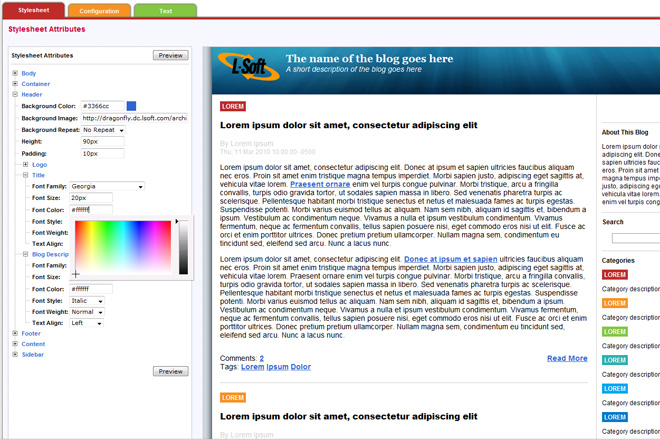
Future: LISTSERV 17.0
LISTSERV 17.0, currently under development, will include several new social media integration features, subscriber profile fields, a calendar feature and the ability to present list archives in blog format. The HTML newsletter gallery will be expanded to provide an easy-to-use, point-and-click system for creating any type of custom HTML newsletter.




















